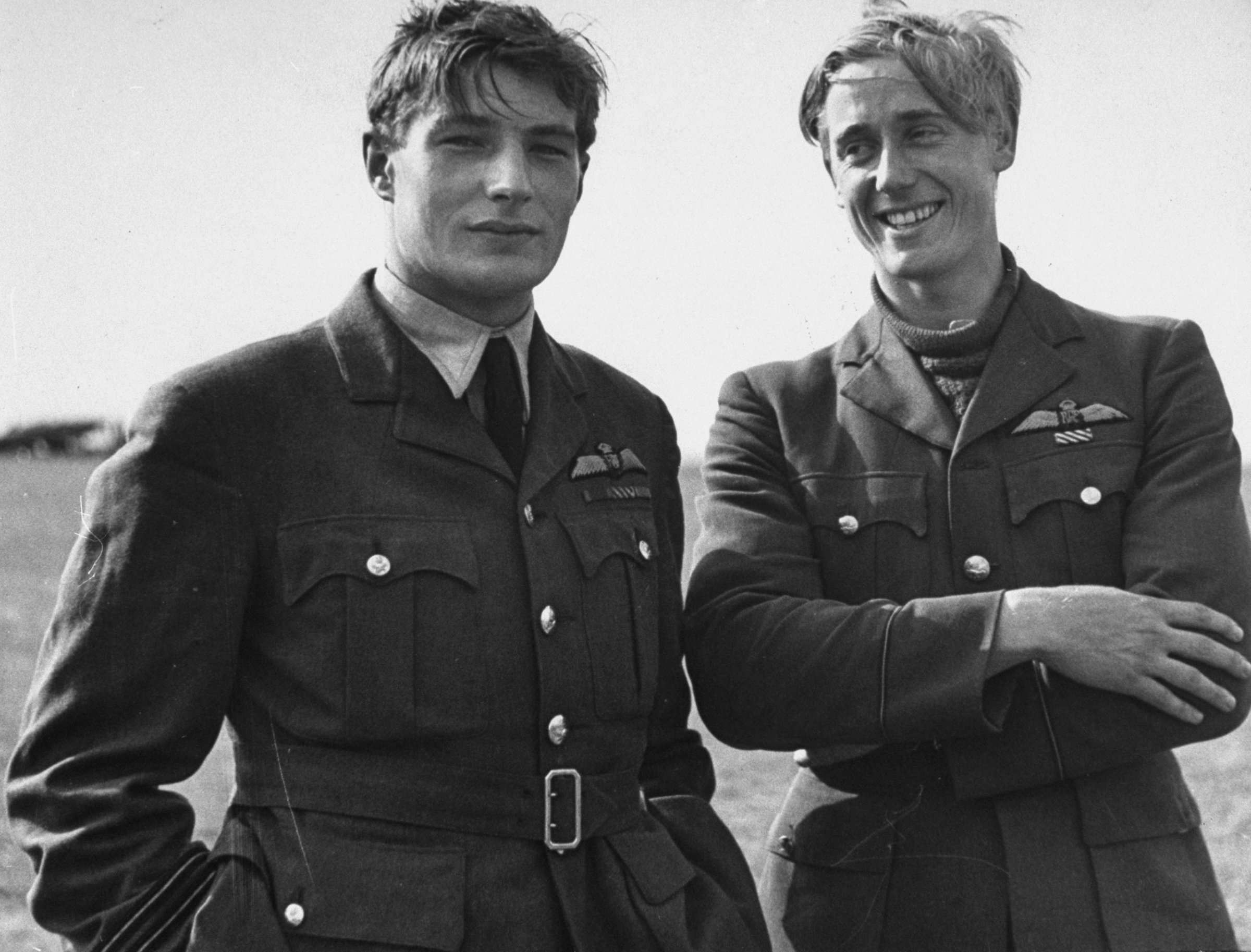
“The gratitude of every home in our Island, in our Empire, and indeed throughout the world, except in the abodes of the guilty, goes out to the British airmen who, undaunted by odds, unwearied in their constant challenge and mortal danger, are turning the tide of the World War by their prowess and by their devotion. Never in the field of human conflict was so much owed by so many to so few.” — Winston Churchill addressing the House of Commons, Aug. 20, 1940
Of the countless memorable phrases uttered by the indomitable British Prime Minister during the war years, Winston Churchill’s tribute to and celebration of “The Few,” as the airmen of the Royal Air Force have ever since been affectionately known, endures as among his most moving and most heartfelt. (That not all of the pilots were, in fact, British—there were Poles, Czechs, Americans, Canadians, Irish, New Zealanders and others, as well—that fact hardly dilutes the power of the sentiment, or the intensity of Churchill’s and England’s gratitude to those fliers.)
In 1940’s pivotal, four-month Battle of Britain, thousands of these (mostly young) pilots held off fighters from the mighty German Luftwaffe, quite literally saving the Sceptered Isle from defeat at the hands of the Third Reich and proving to a skeptical world that the Nazi military juggernaut was neither inevitable nor invincible.
Here, LIFE.com offers charming, revealing portraits of The Few by photographer William Vandivert. (Most of these photos did not originally appear in LIFE magazine.)
As LIFE put it to its readers the following spring, when the magazine ran some of Vandivert’s pictures in the March 21, 1941, issue:
England’s most important young men today are the several thousand youth who fly the Hurricane and Spitfire fighters in the Battle of Britain. They undoubtedly saved England last fall from Nazi invasion. Hitler must knock them all out of the air over Britain before he dares to invade England this spring.
[In these pictures] LIFE takes you to an actual airfield of the RAF’s Fighter Command during the airblitz last fall. Here you see new kind of battle action — what goes on on the ground at a fighter station while the fate of a nation is being fought out in the clouds.
These young British fliers, unlike their German opponents, are elaborately modest. There is little or no brag and swagger about them and they fight the Germans with a sort of casual perfection that is the envy of every other air force in the world. Their job calls for a fit young man of great calm and great optimism, preferably not in love. Very few of these young fighter pilots are married. Their ages range around 23. It takes moral self-confidence and concentration to kill early, often and quickly, without a sense of guilt.
Close to 3,000 RAF fliers took to the skies in the Battle of Britain. More than 500 were killed; around 80 percent of those lost were Britons. The chances of The Few ever being forgotten by the nation they helped save? Zero.
Liz Ronk, who edited this gallery, is the Photo Editor for LIFE.com. Follow her on Twitter @lizabethronk.


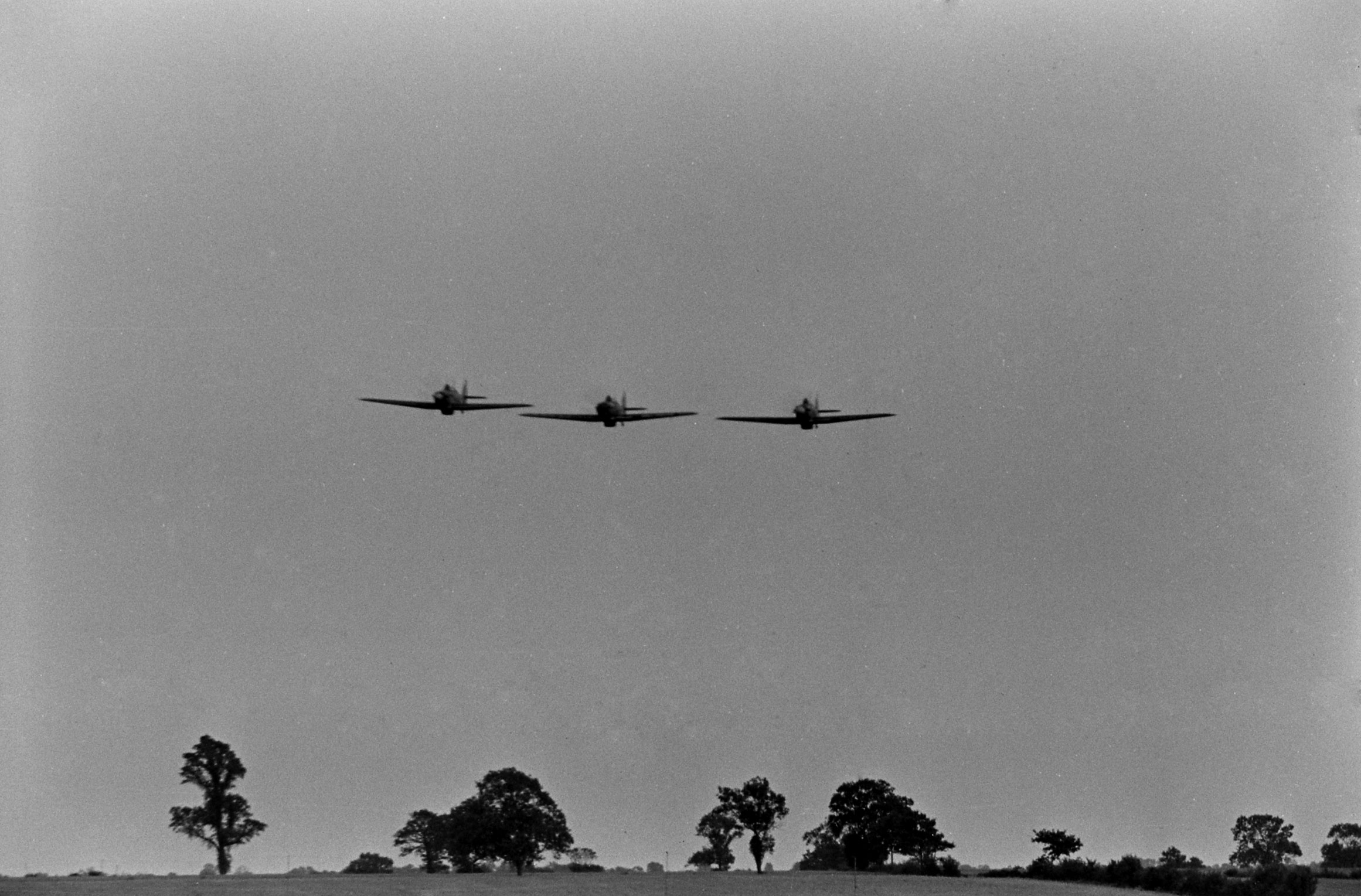

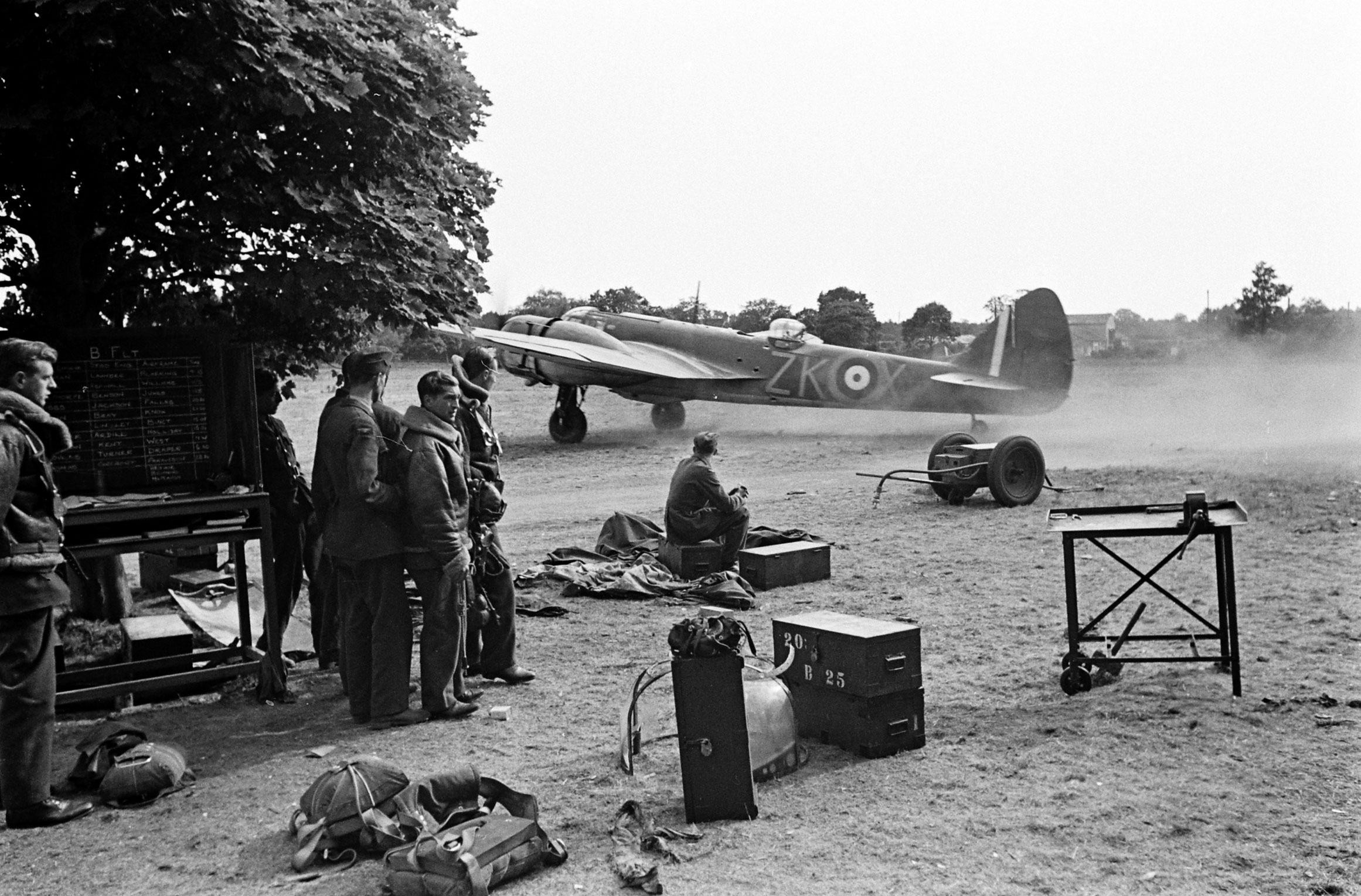
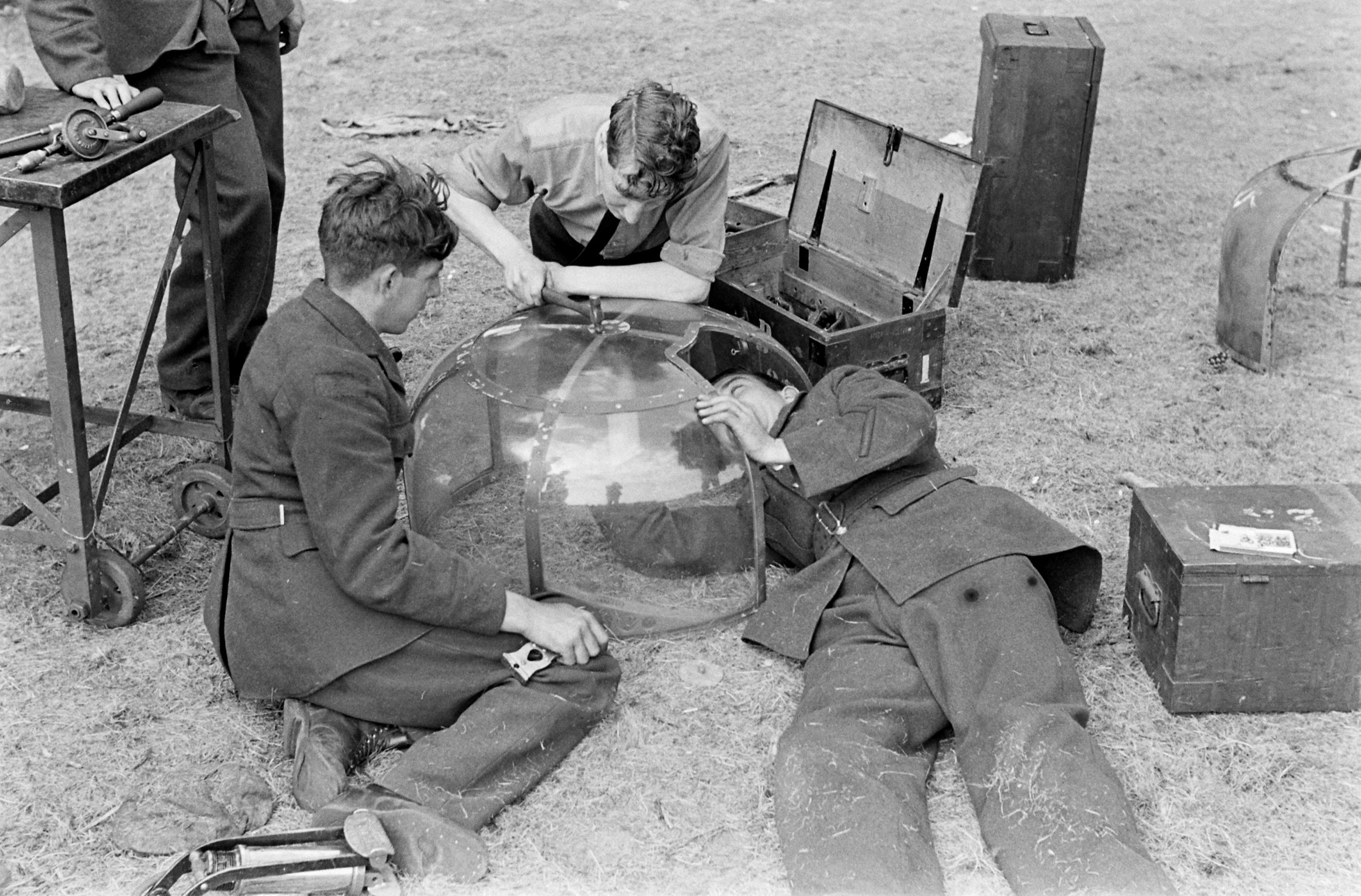

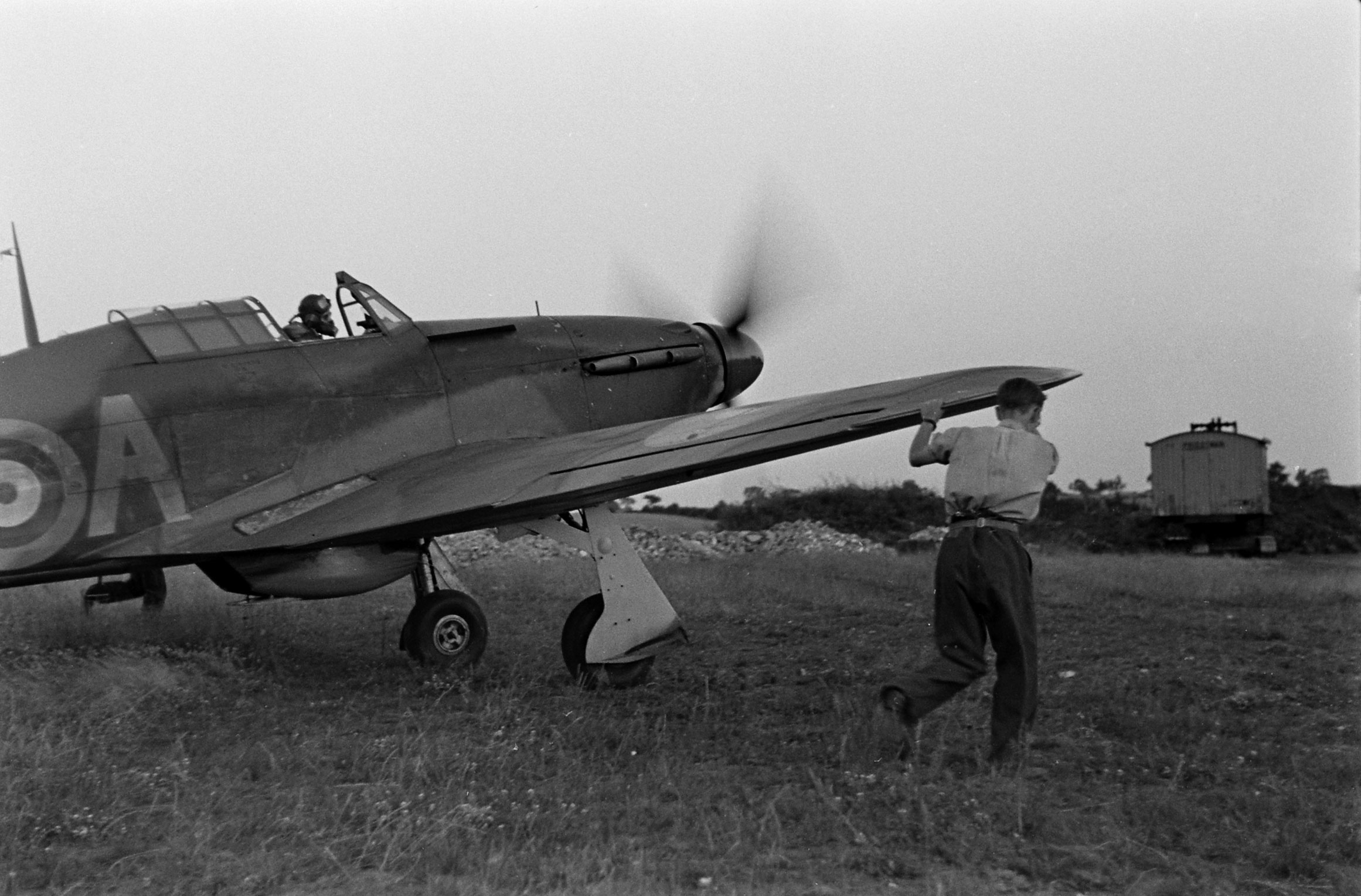

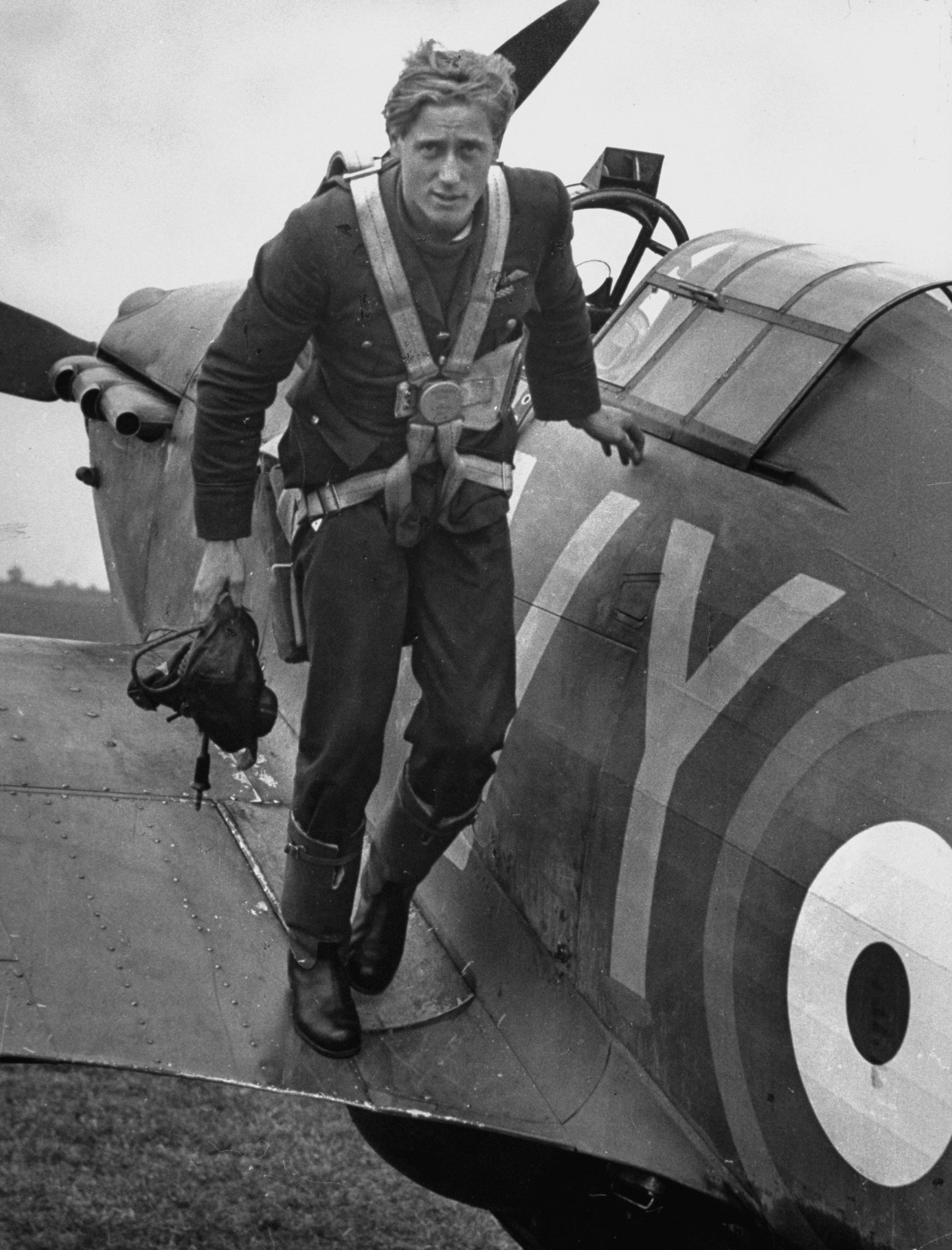
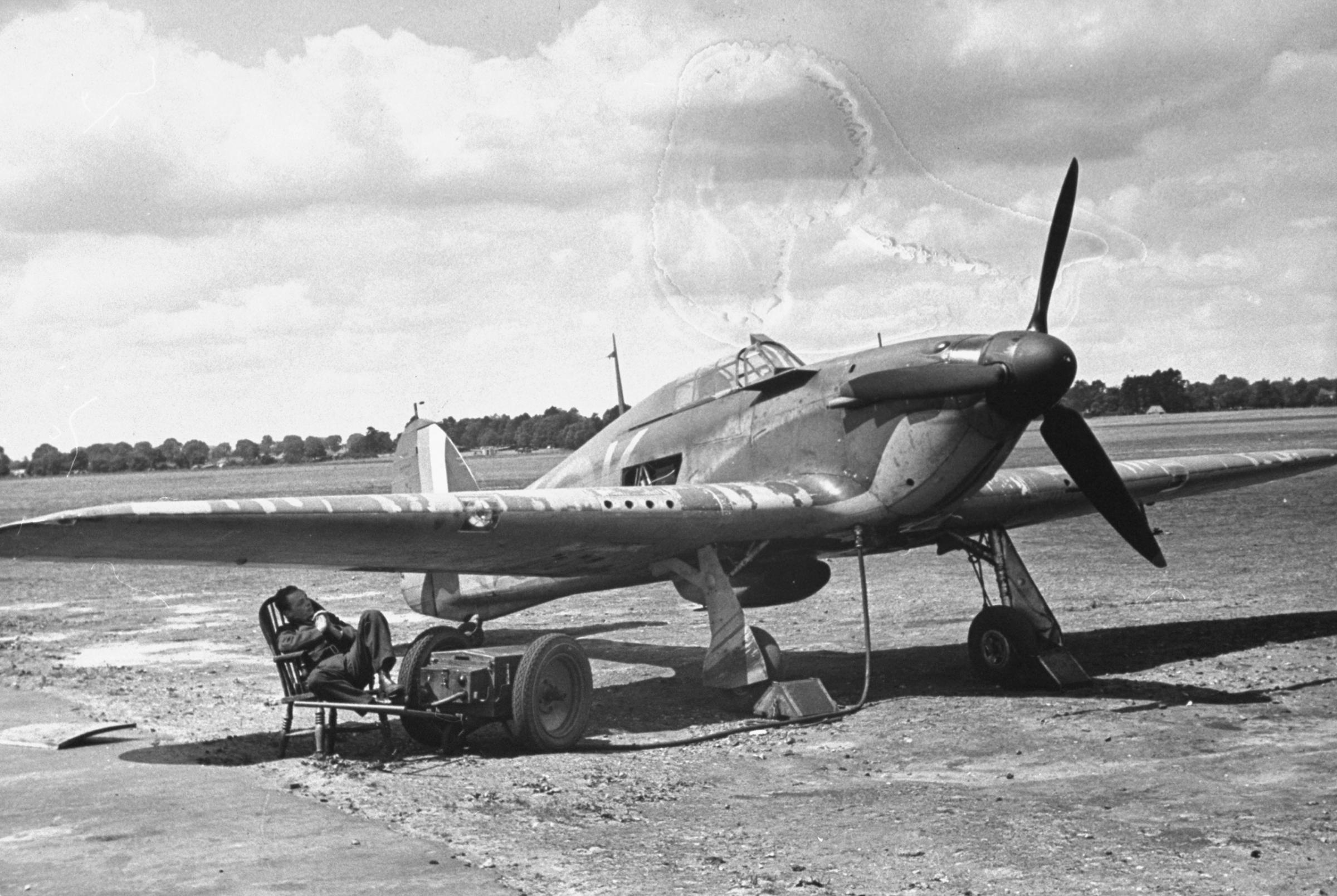
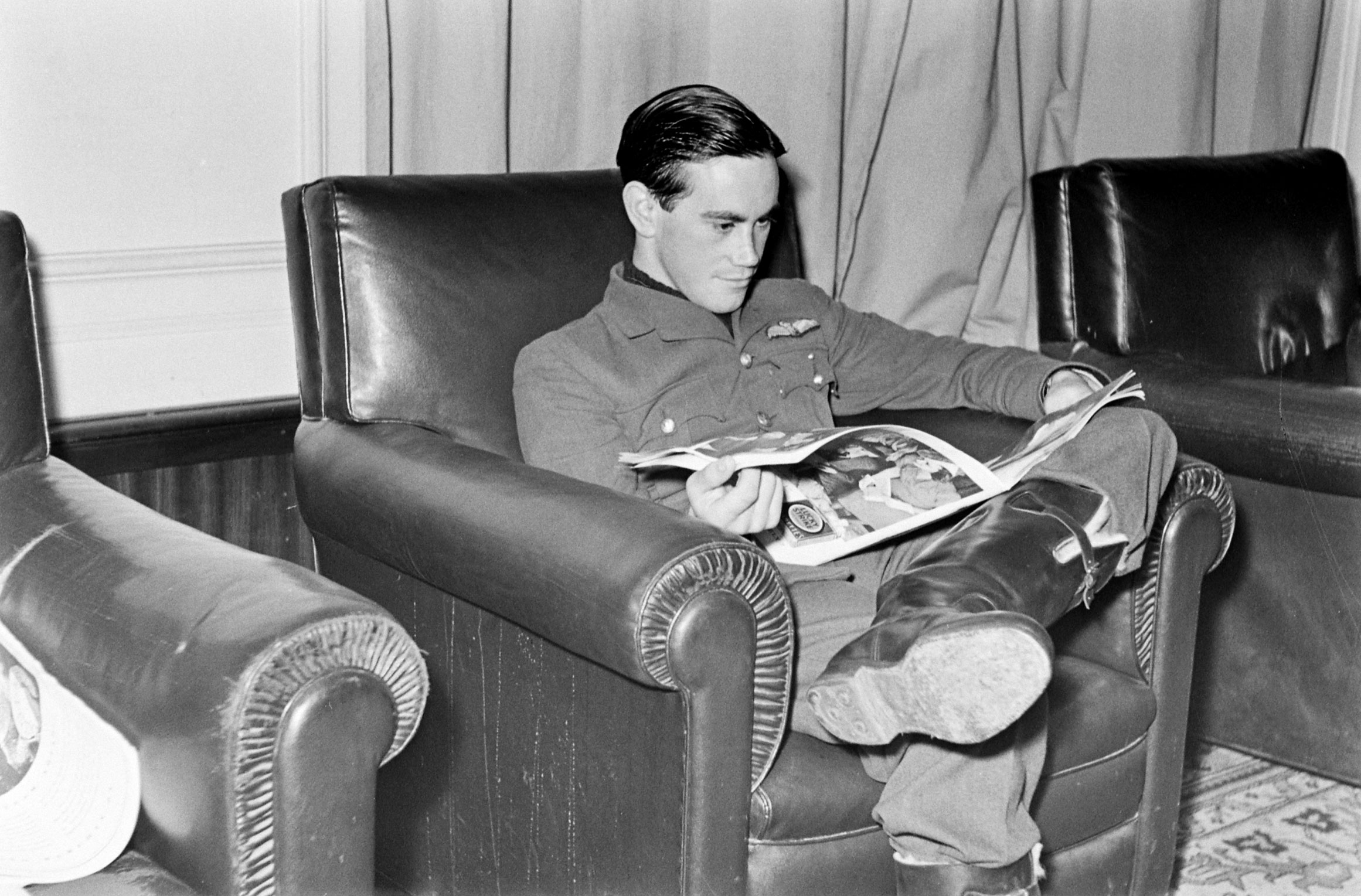

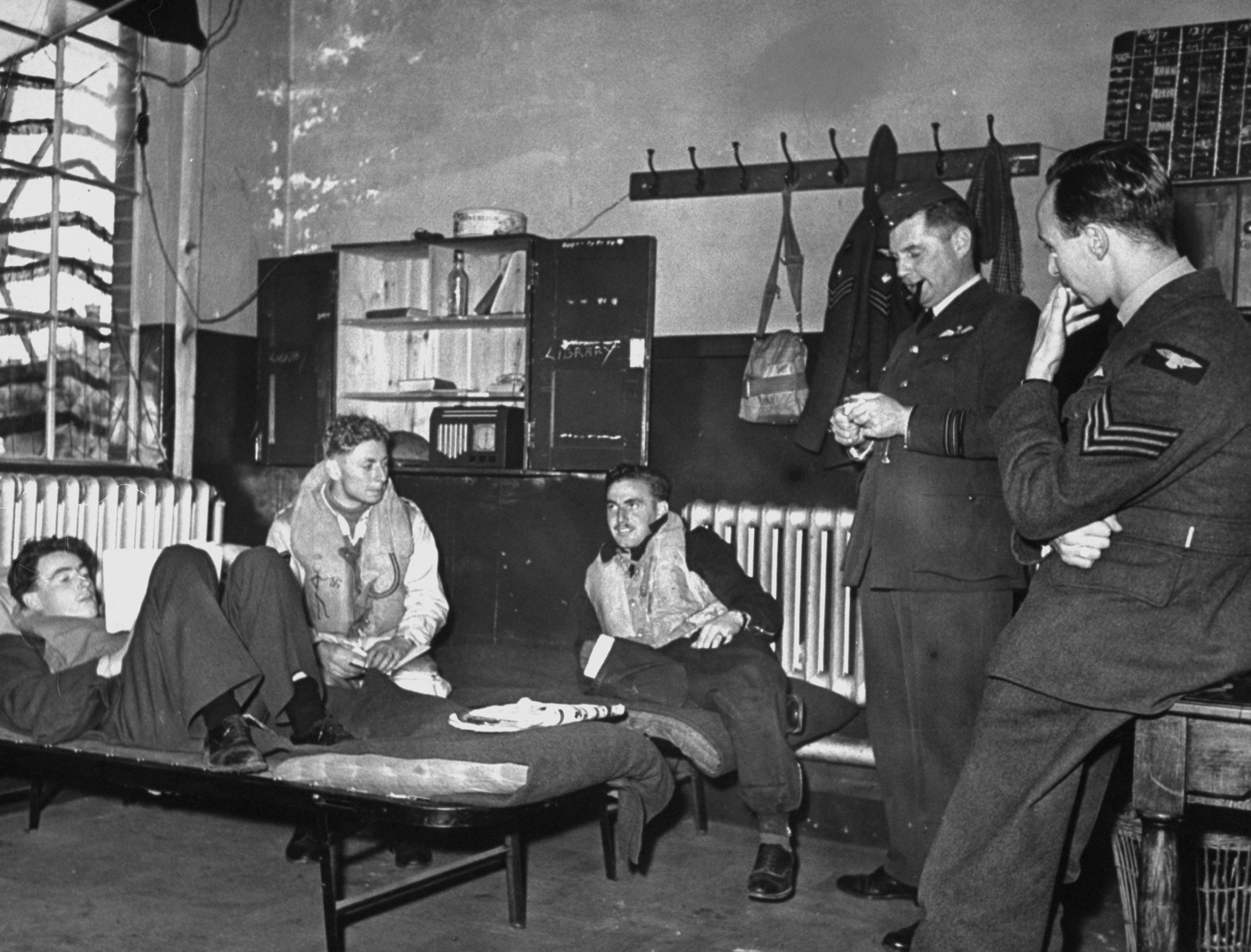


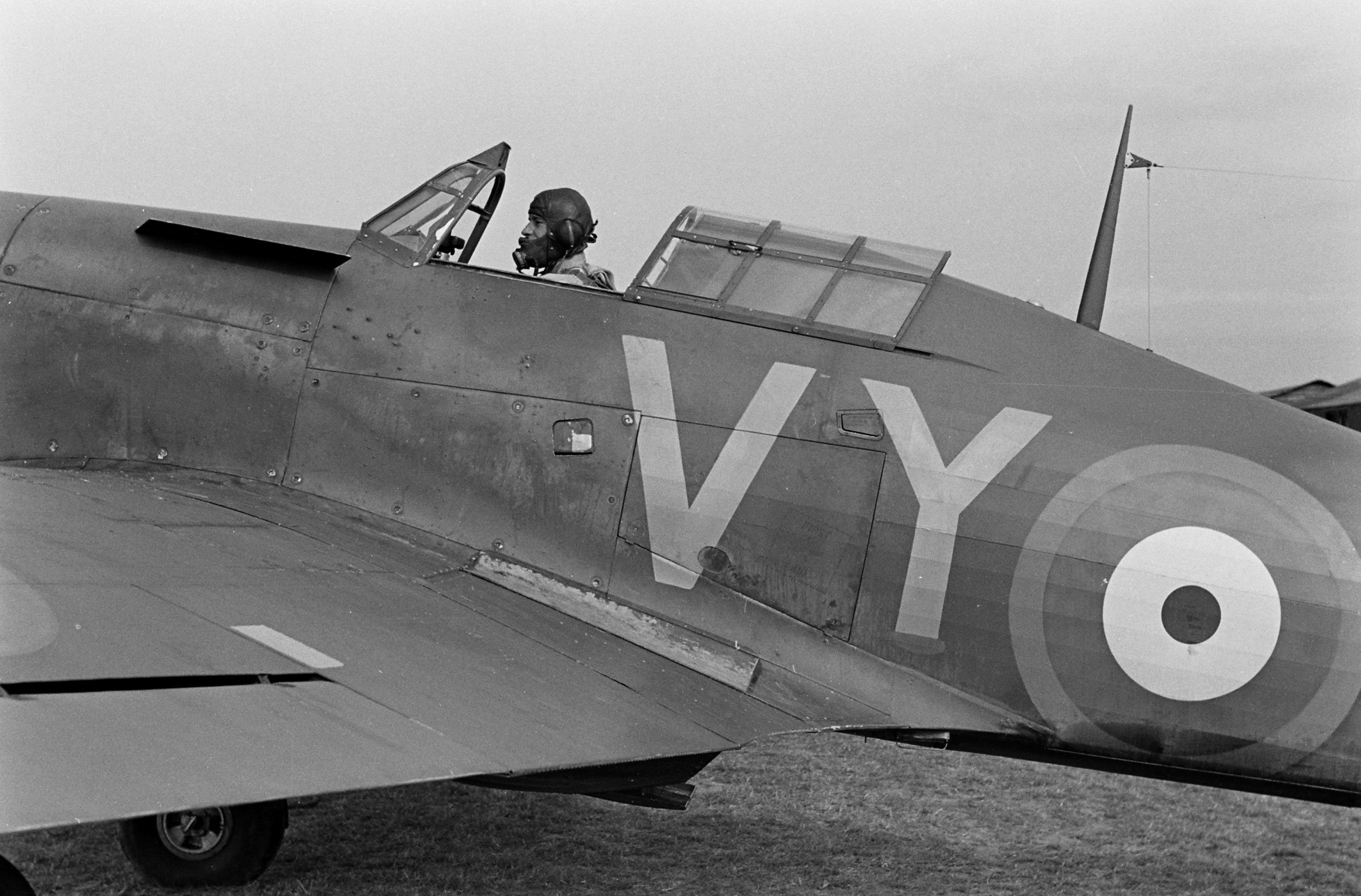
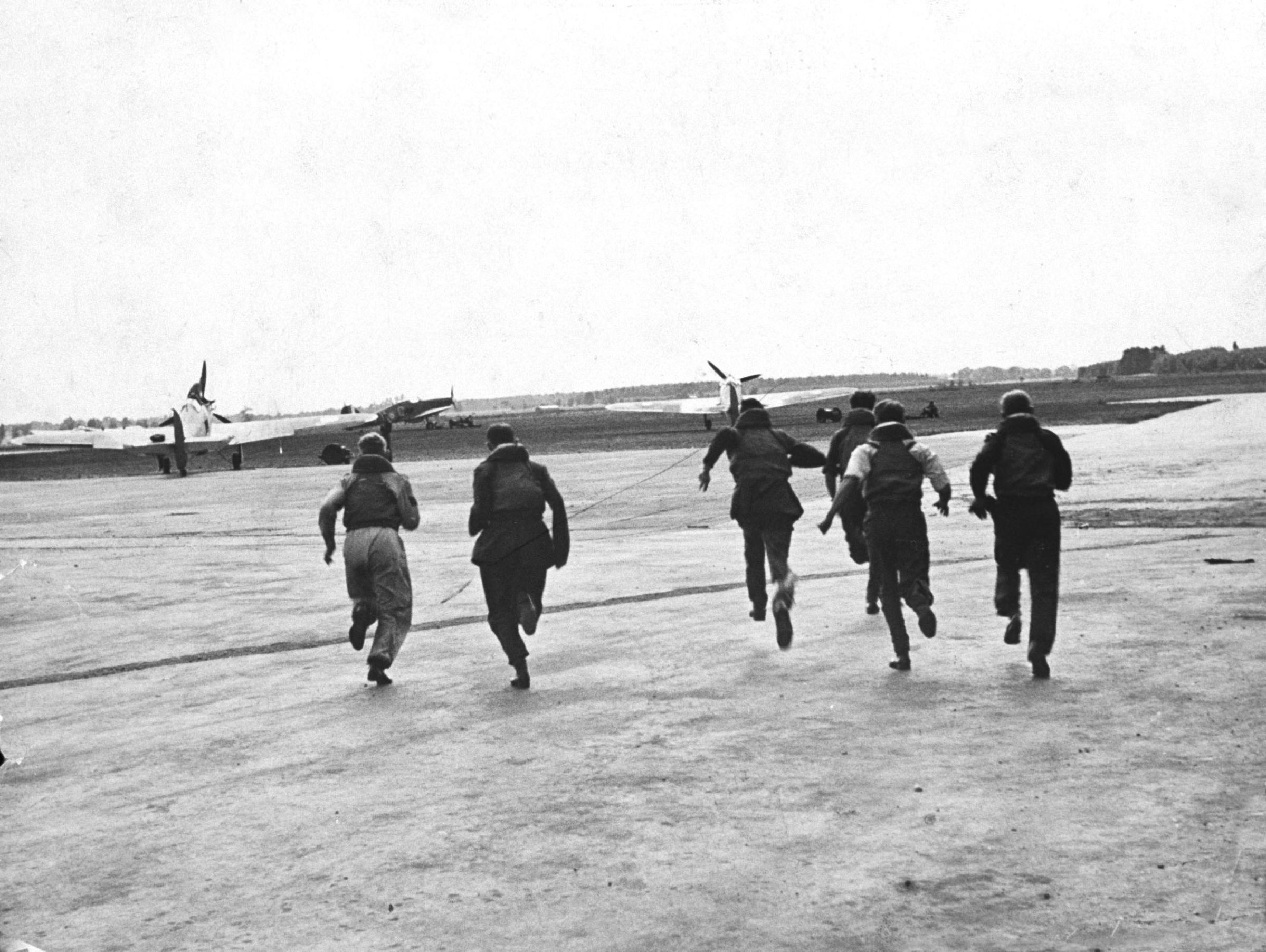
More Must-Reads from TIME
- Why Trump’s Message Worked on Latino Men
- What Trump’s Win Could Mean for Housing
- The 100 Must-Read Books of 2024
- Sleep Doctors Share the 1 Tip That’s Changed Their Lives
- Column: Let’s Bring Back Romance
- What It’s Like to Have Long COVID As a Kid
- FX’s Say Nothing Is the Must-Watch Political Thriller of 2024
- Merle Bombardieri Is Helping People Make the Baby Decision
Contact us at letters@time.com